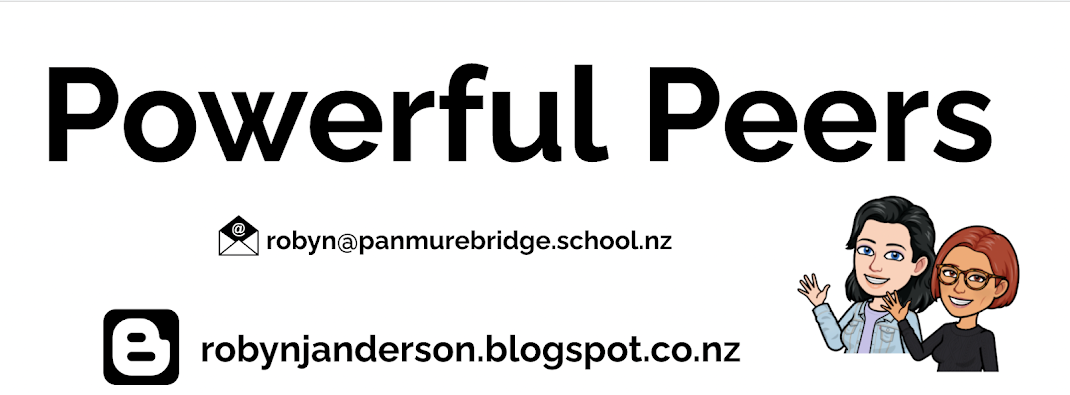With technology at my fingertips and time not on my side, I prompted Gemini to undertake a deep research to find out more about why teacher confidence levels drop when faced with implementing new learning.
Click on image to hear the audio overview of full research findings
This is my summary of the findings...
The decline in teacher confidence during the implementation of new learning initiatives is a predictable reaction caused by challenges to personal competence and structural deficiencies like planning time pressures and knowledge gaps. Teachers initially find themselves juggling anxieties where they worry about the changes needed to be made to routines, alongside professional fears associated with the uncertainty that comes with stepping into the unknown.
As implementation begins, the concern shifts to logistical and structural constraints where concern connects to the amount of time needed to be prepared to teach the new approach. This efficacy dip is often worsened by perceived external and internal pressures to find the success quickly. PLD must be ongoing, curriculum-specific, and designed to close identified content and pedagogical knowledge gaps, moving away from generic, one-size-fits-all training. Time for reflection, implementation, peer and self observation, and skill practice should be allowed. Everyone learns at their own pace and recognising this is important. What has made the implementation of sound practice in structured literacy more fragmented for my team is the fact the Year 4-6 kaiako have had separate sessions from the year 7/8 kaiako. Different online delivery options has meant a similar message has been shared but as I attend one and most of my team the other, there are bound to be gaps in our shared learning which in turn has lead to levels of uncertainty being higher as I have always been two days behind in my own learning and unable to effectively support my team as they begin each new learning journey.
As a leader fostering a buffer against the cognitive and emotional load is vital is success is to be found and a genuine buy-in to be established. Allowing my team complete agency and control over their implementation decisions within their classrooms has meant we have come back together again with a stronger connection to our new learning. Confidence is emerging and as a result mentor observations to gather a baseline picture have begun. It is only now that I can begin to look for the opportunities being provided for their learners to be creative when undertaking structured literacy learning. I look forward to see where this takes us as the term progresses.
